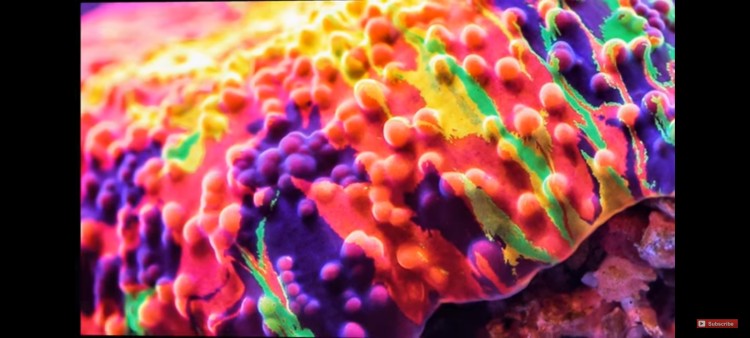All About The Palythoa or Paly Button Polyps
- Aug 02, 2022
- Anshika Mishra
- 323 0 0

In this article, we are learning all about the Palythoa, or in short, Paly. These polyps are enormous compared to other little Zoas that you can get. Some can get up to two inches in diameter. So, they are big, have some great colors, and are straightforward to take care of. So, they are suitable for beginners, and they're even great for experienced reef hobbyists who want new colors and looks in the tank.
Prices: You usually have to spend about $40 to get a nice frag of them, and this frag will have one to three polyps on it.
Care Level: Very easy. They are very hardy, and they are not the ones you have to feed all the time constantly. They can pretty much feed off the light.
Origin: They come from the indo-pacific area. But, now, almost all of these corals in the hobby are aquacultured.
Water Parameter
Temperature: 72-78 degrees Fernheit
dKH: 8-12
pH: 8.1-8.4
Venomous
Yes, they are venomous corals. But one thing to know is that they will not sting other surrounding corals. But they can be stung.
They do contain a neurotoxin called Polytoxi. So, be very mindful of any cuts on your hands. Whenever you are handling these, whether it is putting them in your tank or if you're even in your tank and you move them from one spot to another, make sure you wash your hand after getting out of the tank. Don't touch your mouth or eyes.
Placement
Usually, bottom, as they don't require much light. But you will see them thrive all over the tank.
Current
Medium to high mostly depends on the one you get. You'll have to see if they are staying shrunk up all the time. It means there is probably too much current on them.
But you do want some current on them as it will keep detritus and hair algae from growing.
Lighting
Medium, 10 to 100 PAR if you look at that level. But, they can be kept under a variety of lighting.
However, when you first put them in your tank, it's best to acclimate them at a low light level and then increase them as they age.
Now, if you don't have an acclimation period on your lights, it's best to put them at the bottom level, and then eventually, you can slowly move them up throughout the week until the spot you want to keep them at.
Fragging
These corals extend their little stems much longer than in typical zoos. So, that makes it easy to go in there and make a cut. You can also put a rubber rock right around the first frag you get; as they grow and spread out, those babies will start to grab onto the rubber rock around it.
Acclimation
Always makes sure to do good acclimation whenever putting them in your tank. Also, always dip your Palys and Zoas before you put them in your show tank.
Just because they come in the bags very dirty and a lot of them have pests on them.







About author